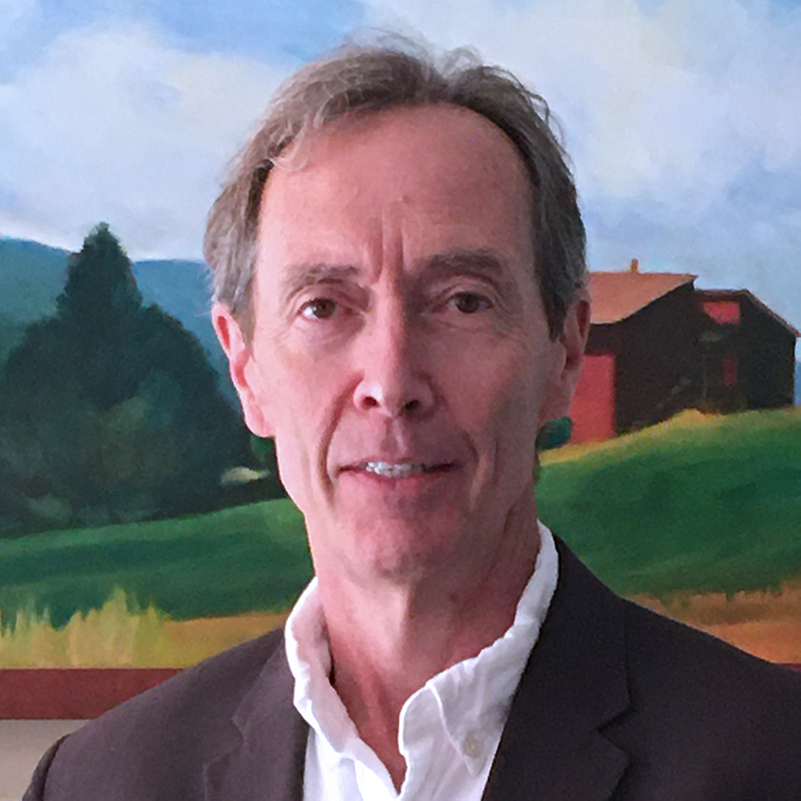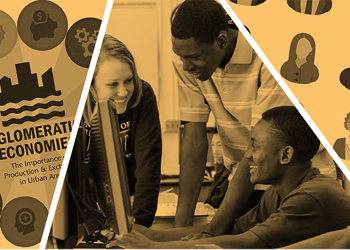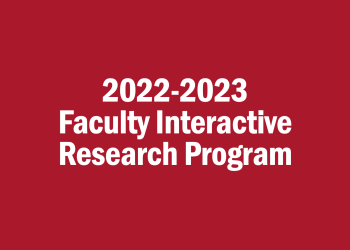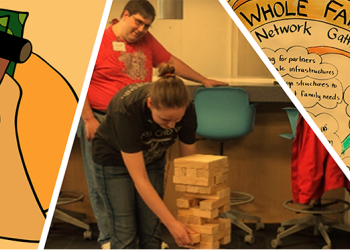Researcher: Di Zhu (Geography, Environment and Society, College of Liberal Arts)
The geography of a community is not constrained by administrative boundaries. It is in essence, comprised of residents who routinely move around and interact with others, often beyond their local spatial context. One of the most challenging problems in community planning is understanding how fine-grained local regions are irregularly and dynamically organized by human movements. In partnership with MN Compass, Move Minnesota, and local planning agencies, this project will propose an integrated data-driven analytical framework to sense dynamic community structures within the Twin Cities metropolitan area from spatiotemporal human mobility networks. We will detect geospatial boundaries of communities, describe dynamic community profiles, and identify key transitions within our community structure during the COVID-19 pandemic. Findings from this study will provide policymakers with better information on how to match programs and resources with place-based community-defined needs such as transportation, healthcare, civic engagement, affordable housing, and public safety.




